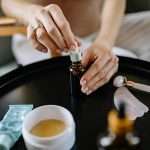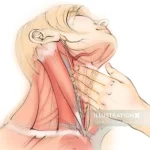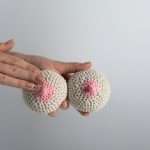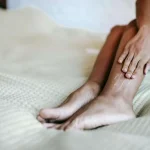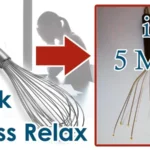Breast self-massage is more than just a wellness trend—it’s a calming, empowering form of self-care. Whether you’re looking to ease monthly tenderness, support breastfeeding, or simply connect more deeply with your body, this gentle practice offers both physical and emotional benefits.
In this guide, you’ll learn everything you need to know about self breast massage, including its benefits, step-by-step techniques, when to do it, and how to do it safely.
Table of Contents
What Is Breast Self-Massage and Why Does It Matter?
💗 Benefits of Self Breast Massage
Breast self-massage is the practice of gently massaging your breasts to promote circulation, reduce tension, and support lymphatic flow. While not a medical treatment, it offers several physical and emotional benefits:
- 💆 Relieves breast tenderness or soreness
- 💧 Supports lymphatic drainage and fluid balance
- ❤️ Improves circulation and skin tone
- 🧘 Eases tightness in the chest, shoulders, and upper body
- 🌿 Promotes self-awareness and body confidence
Understanding Breast Anatomy
Before you begin, it’s helpful to understand what you’re working with. Breasts are made up of fatty tissue, glandular tissue, and connective tissue. They don’t contain muscle, which makes them more delicate. There are also clusters of lymph nodes near the armpits and collarbone, which are involved in filtering toxins and supporting immune health.
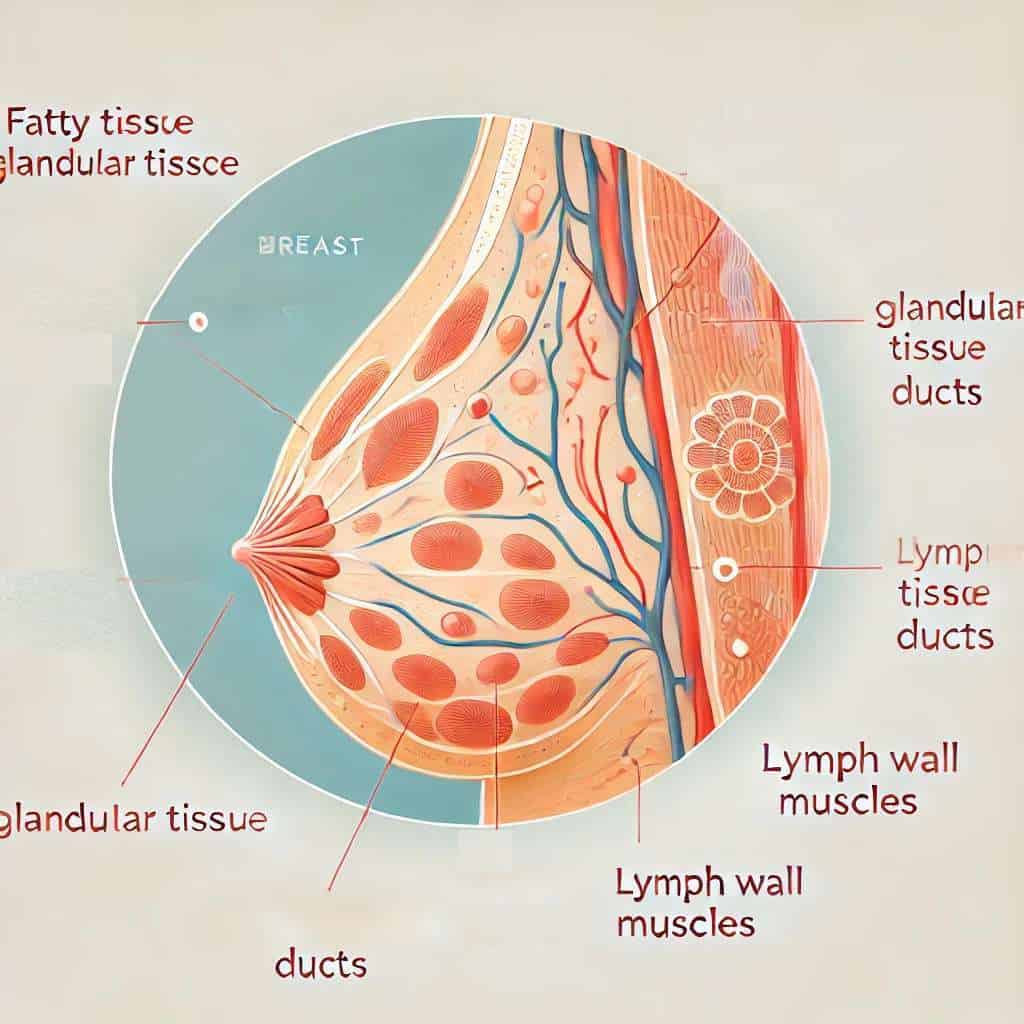
How to Prepare for a Self Breast Massage
🧴 What You’ll Need
- Natural massage oil (jojoba, sweet almond, coconut, or grapeseed)
- Clean hands and a private space
- Optional: a warm towel or compress, soft background music
🕯️ Best Times to Massage Your Breasts
- After a shower or bath
- Before bed for relaxation
- During PMS or hormonal tenderness
- After removing a bra or nursing bra
- After physical activity or stress
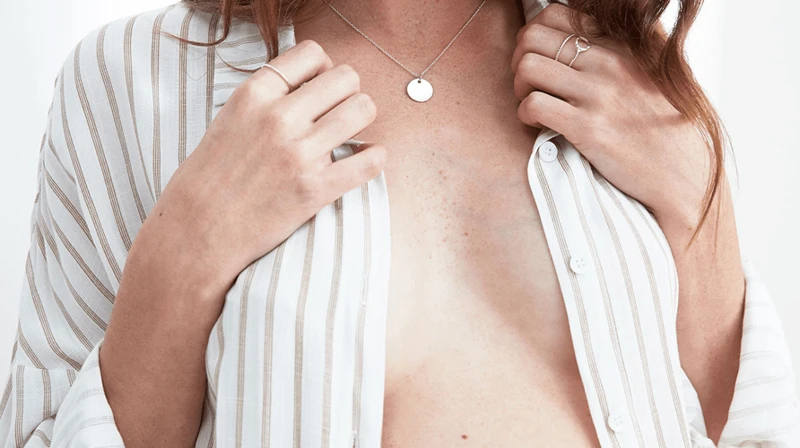
Step-by-Step: How to Massage Your Breasts Safely and Gently
✋ Self Breast Massage Techniques
1. Warm-Up Circles
Use your fingertips to make small, slow circles from the outer edges of the breast toward the center. Repeat 5–10 times.
2. Lymphatic Sweeps
Using very light pressure, sweep your fingers from the base of the breast outward toward your armpit and collarbone.
3. Circular Pressure Points
Focus on one small area at a time. Use gentle circular pressure to release tension or soreness.
4. Chest Wall Glide
Place your palm above the breast and gently glide outward toward the shoulder to release chest tension.
5. Lift and Release
Cup your breast in one hand and use the other to apply light upward strokes along the bottom curve of the breast.
💡 Pro Tip: Spend 5–10 minutes total, and never press too hard. It should feel soothing, not painful.
How Often Should You Do a Breast Massage?
There’s no set rule, but here are common routines:
- 2–3 times per week: For general wellness
- Daily during PMS: To ease tenderness
- Before bed: To wind down
- After exercise: To ease upper body tension
- While nursing or pumping: To support milk flow (see next section)
Listen to your body. Adjust based on how you feel.

Self Breast Massage for Breastfeeding Support
Gentle breast massage can support lactation and help with common nursing discomforts.
🤱 Why It Helps
- 🍼 Eases fullness from engorgement
- 💧 Stimulates milk flow and supports letdown
- 😌 Can help relieve blocked ducts
🍼 How to Massage While Breastfeeding
- Apply a warm compress before starting
- Massage around the outer breast in circular motions
- Gently sweep toward the nipple
- Do not massage directly on sore or cracked areas
- Try massaging while pumping to support flow
💡 Always consult a lactation consultant if you feel pain, heat, or swelling, as these may be signs of mastitis.
Post-Massage Care Tips
- 💧 Drink water to support your lymphatic system
- 🧻 Wipe off oil with a clean, soft towel
- 🧘 Do light stretches for your chest and arms
- ❄️ Use a cool compress if you feel sore afterward
Common Myths About Breast Massage
🚫 Myth 1: “Breast massage prevents cancer.”
Massage does not prevent or treat breast cancer. It can help increase awareness, which supports early detection, but it’s not a substitute for screening.
🚫 Myth 2: “Massage lifts or firms the breasts.”
Massage may temporarily improve skin tone but won’t alter the structure or position of your breasts.
✅ Truth: Breast massage can be a healthy part of a self-care routine—just don’t expect cosmetic results or medical treatment outcomes.
Safety Guidelines for Self Breast Massage
- ⚠️ Don’t massage over rashes, open wounds, or infections
- ⚠️ Avoid deep pressure—gentle is best
- ⚠️ Talk to your doctor if you’re post-surgery, pregnant, or managing a health condition
- ⚠️ Stop if you feel pain, dizziness, or discomfort

🩺 How to Do a Breast Self-Examination
While breast massage is focused on comfort and relaxation, it also creates an opportunity to check in with your body. A regular breast self-exam can help you stay familiar with your breast tissue and notice any changes early.
Why Self-Exams Matter
A breast self-exam isn’t a replacement for mammograms or professional checkups, but it can be a valuable habit for:
- Understanding what’s normal for your body
- Catching changes in shape, texture, or sensitivity
- Supporting early detection of unusual lumps or symptoms
The more regularly you do it, the more confident and calm the process becomes.
👁️ What to Look and Feel For
- New lumps or areas of thickness
- Changes in shape, size, or symmetry
- Dimpling, puckering, or skin changes
- Redness, swelling, or rashes
- Nipple discharge or retraction
- Tenderness that seems out of the ordinary
Noticing any of these doesn’t mean something is wrong—but it’s worth tracking and talking to a doctor if it persists.
🕒 When to Do a Breast Self-Exam
- Aim for once a month
- Do it a few days after your period, when breasts are least tender
- If you don’t menstruate, choose a consistent day each month (e.g., the 1st or 15th)

✋ Step-by-Step: How to Perform a Self Breast Exam
In front of a mirror:
- Stand with your arms relaxed, then raised overhead
- Look for changes in contour, swelling, or skin texture
- Check both sides from multiple angles
In the shower or lying down:
- Use the pads of three fingers to feel your entire breast area, including the upper chest and underarm
- Move in a circular, up-and-down, or wedge pattern to cover all areas
- Use light, medium, and firm pressure to feel different layers of tissue
🚨 What to Do If You Notice a Change
Most changes aren’t serious—but they’re worth monitoring. If something feels unusual:
- Make a note of what you observed
- See if it persists over a few days
- Contact your doctor for guidance, especially if it’s painful, growing, or doesn’t go away
Breast self-exams are not about fear—they’re about awareness. Combined with regular massage, they can help you feel more informed and in control of your own health.
FAQs About Self Breast Massage
❓ Can I do self breast massage daily?
Yes, as long as it feels good and you’re using gentle pressure.
❓ Is it safe with breast implants?
Usually yes—but check with your plastic surgeon first for specific guidance.
❓ Does it really help with PMS pain?
Many people find relief through gentle massage, especially in the days leading up to their period.
❓ Can I use essential oils?
Yes, but only if diluted and skin-safe. Stick to neutral oils if you’re sensitive.
📚 References
- BreastCancer.org. Breast Anatomy
- Cleveland Clinic. Breast Pain (Mastalgia)
- La Leche League International. Engorgement Relief and Massage
- National Cancer Institute. Breast Cancer Myths
💬 Final Thoughts: Reclaiming Body Awareness Through Breast Massage
Self breast massage is a nurturing, low-effort way to care for your body. Whether you’re easing soreness, supporting milk flow, or simply checking in with yourself, this practice is gentle, grounding, and empowering.
Take your time. Breathe deeply. Trust your hands.
And most of all—let this be for you.
⚠️ Disclaimer:
This article is for informational purposes only and does not constitute medical advice. Always consult with a licensed healthcare provider or certified massage therapist before beginning any new treatment, especially if you have pre-existing health conditions or concerns.




